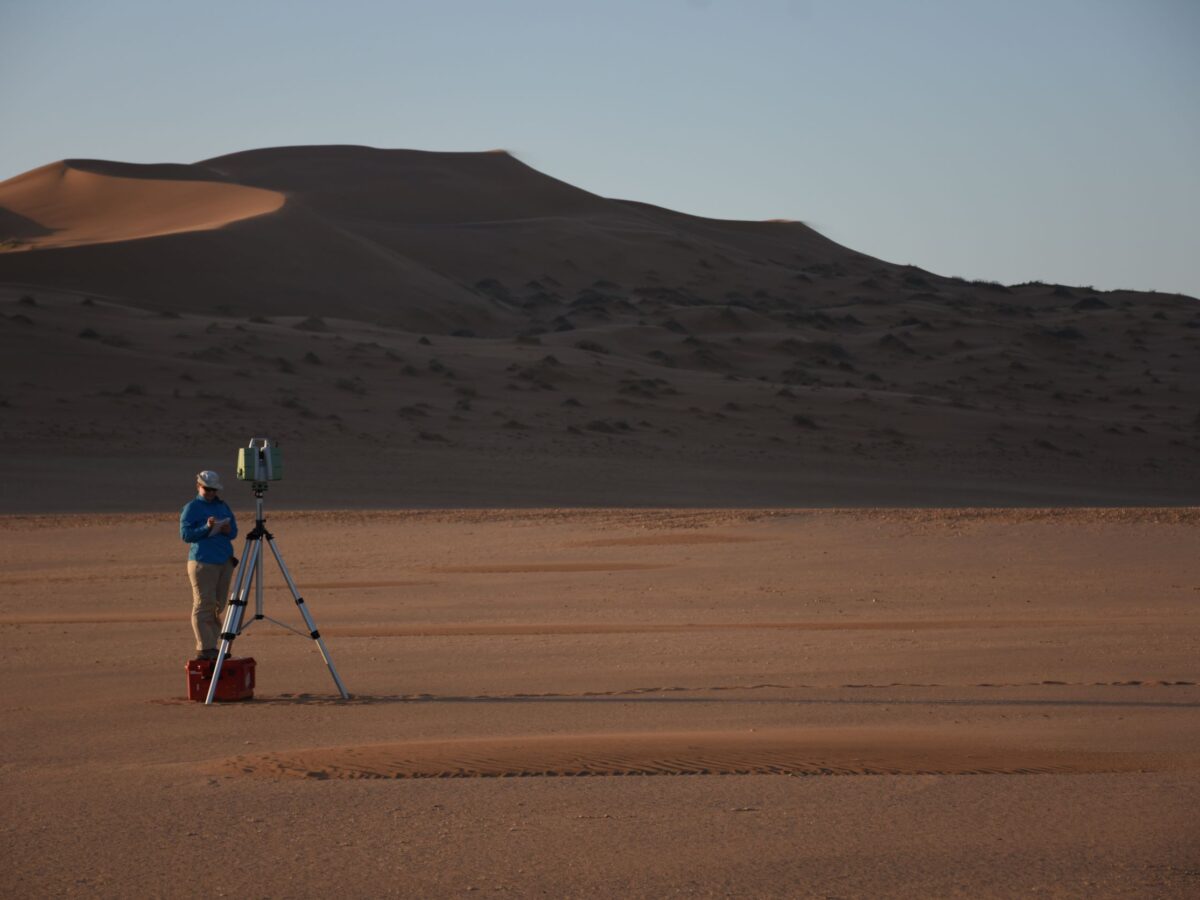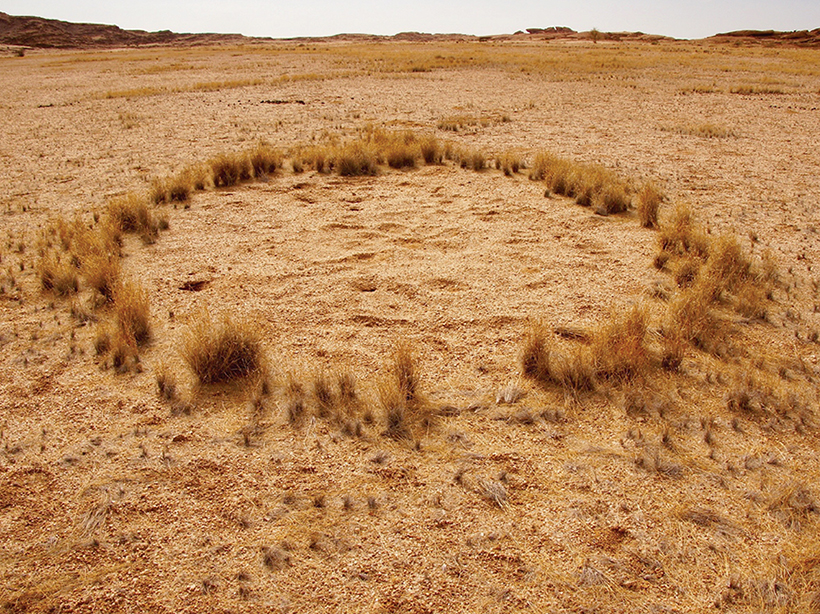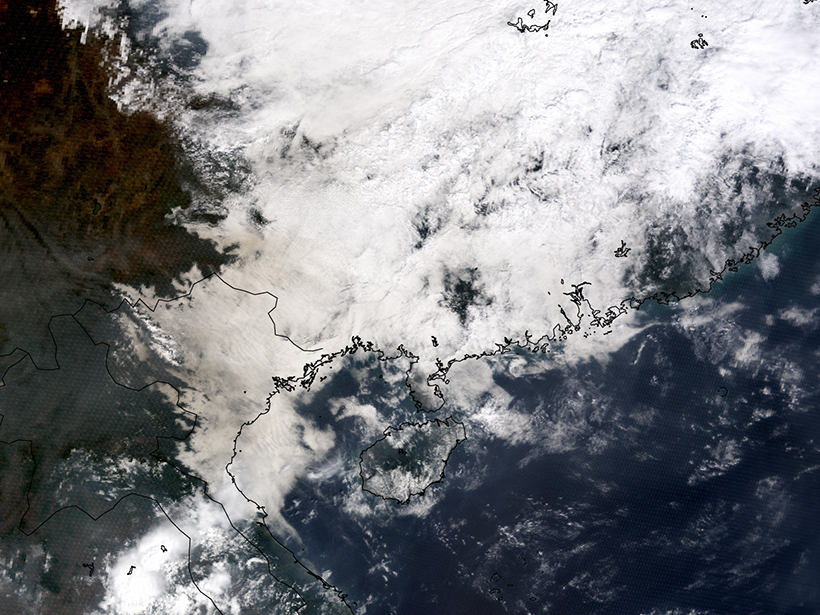Decoding how sand grains move and accumulate on Earth can also help scientists understand dune formation on Mars.
Namibia
Posted inNews
Ostrich Eggshells Trace Namaqualand’s Ancient Rain
The plant-based nitrogen eaten by ostriches and stored in their eggshells was measured by researchers 20,000 years later.
Posted inResearch Spotlights
New Tool for Understanding Landscape Evolution in Drylands
Combining vegetation distribution models and sediment transport models offers a better understanding of how dryland environments change in response to different factors.
Posted inResearch Spotlights
Mysterious "Fairy Circles" Continue to Enchant Scientists
Researchers revisit an old theory about the ethereal patterns of vegetation that form in some arid landscapes.
Posted inResearch Spotlights
Measuring Atmospheric Aerosols Despite the Clouds
Researchers devise ways for remote sensors to integrate aerosol content above clouds into current methods of measurement.





